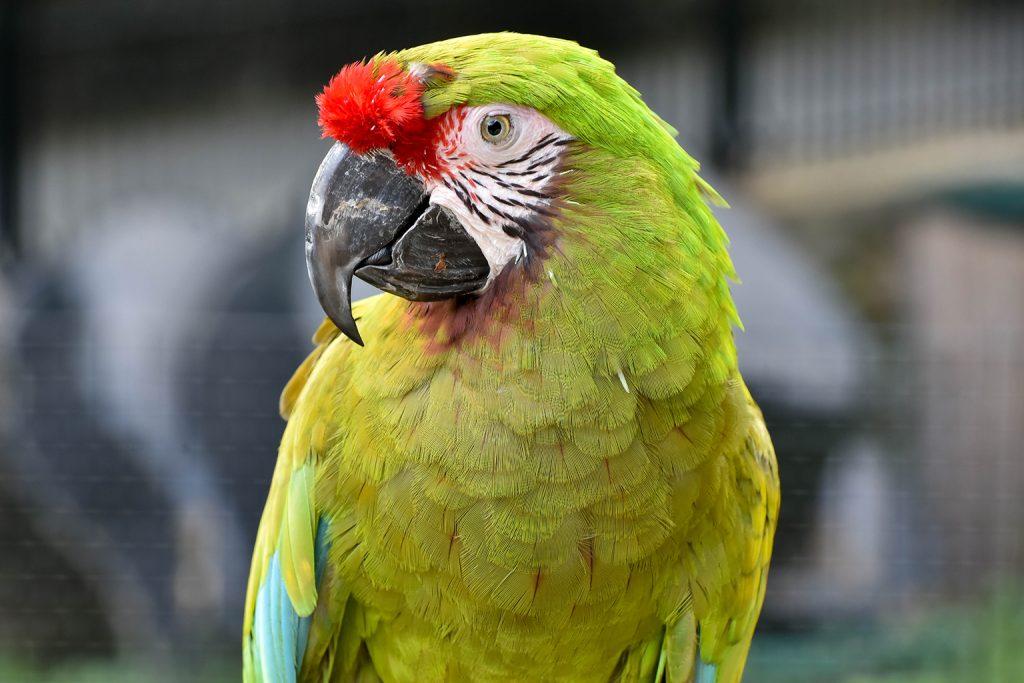Macaws are one of the most recognizable and beloved bird species, renowned for their dazzling plumage, playful personalities, and exceptional intelligence. These magnificent creatures have captivated humans for centuries, and it's time to delve into the fascinating world of macaws. THey are great outstanding
Physical Characteristics
Macaws belong to the parrot family and are distinguished by their:
- Brightly colored feathers, ranging from blues and yellows to greens and reds
- Long, curved beaks, perfectly adapted for cracking seeds and nuts
- Expressive eyes, conveying a sense of intelligence and curiosity
- Strong, agile bodies, allowing for effortless flight and playful antics
Intelligence and Behavior
Macaws are celebrated for their exceptional intelligence, often compared to that of primates. They:
- Possess advanced problem-solving skills, often figuring out complex puzzles
- Demonstrate remarkable memory, recalling tricks and commands with ease
- Showcase complex social behavior, forming strong bonds with their flock and human caregivers
- Exhibit playful and curious nature, constantly exploring their surroundings
Habitat and Diet
Macaws inhabit the lush rainforests and tropical regions of Central and South America, feeding on a diverse diet of:
- Fruits, leaves, and seeds
- Nuts, berries, and flowers
- Insects and small animals, occasionally
Conservation Status
Many macaw species face threats from habitat destruction, poaching, and the pet trade. Conservation efforts are underway to protect these magnificent birds and their habitats.
Interesting Facts
- Macaws can live up to 60 years in captivity, making them a long-term companion
- They are skilled mimics, often learning human speech and other sounds
- Macaws have a unique way of communicating, using a variety of vocalizations and body language
Conclusion
Macaws are truly remarkable birds, captivating our hearts with their stunning beauty, intelligence, and playful nature. By learning more about these incredible creatures, we can appreciate their importance in the ecosystem and work towards preserving their populations for generations to come.

